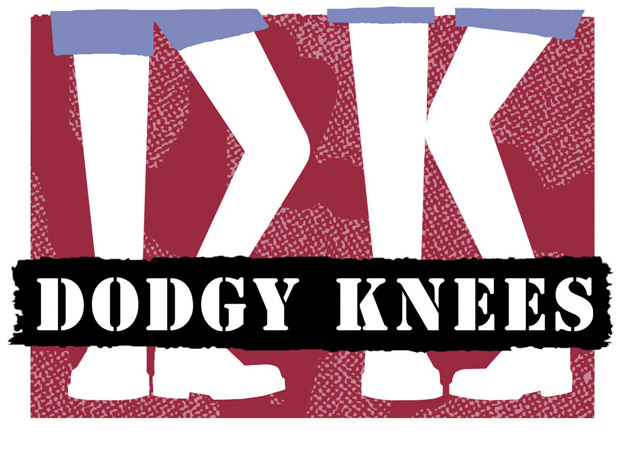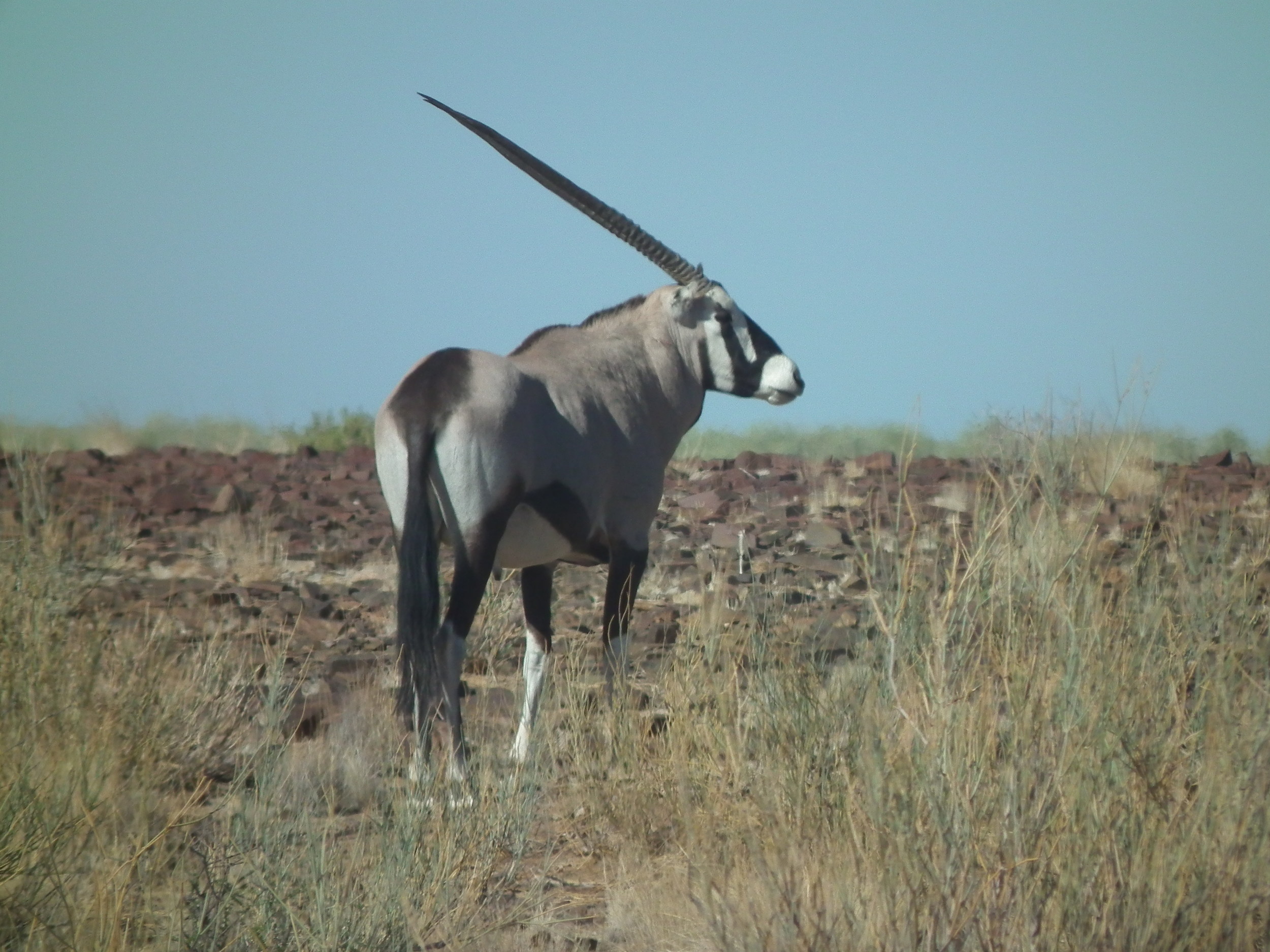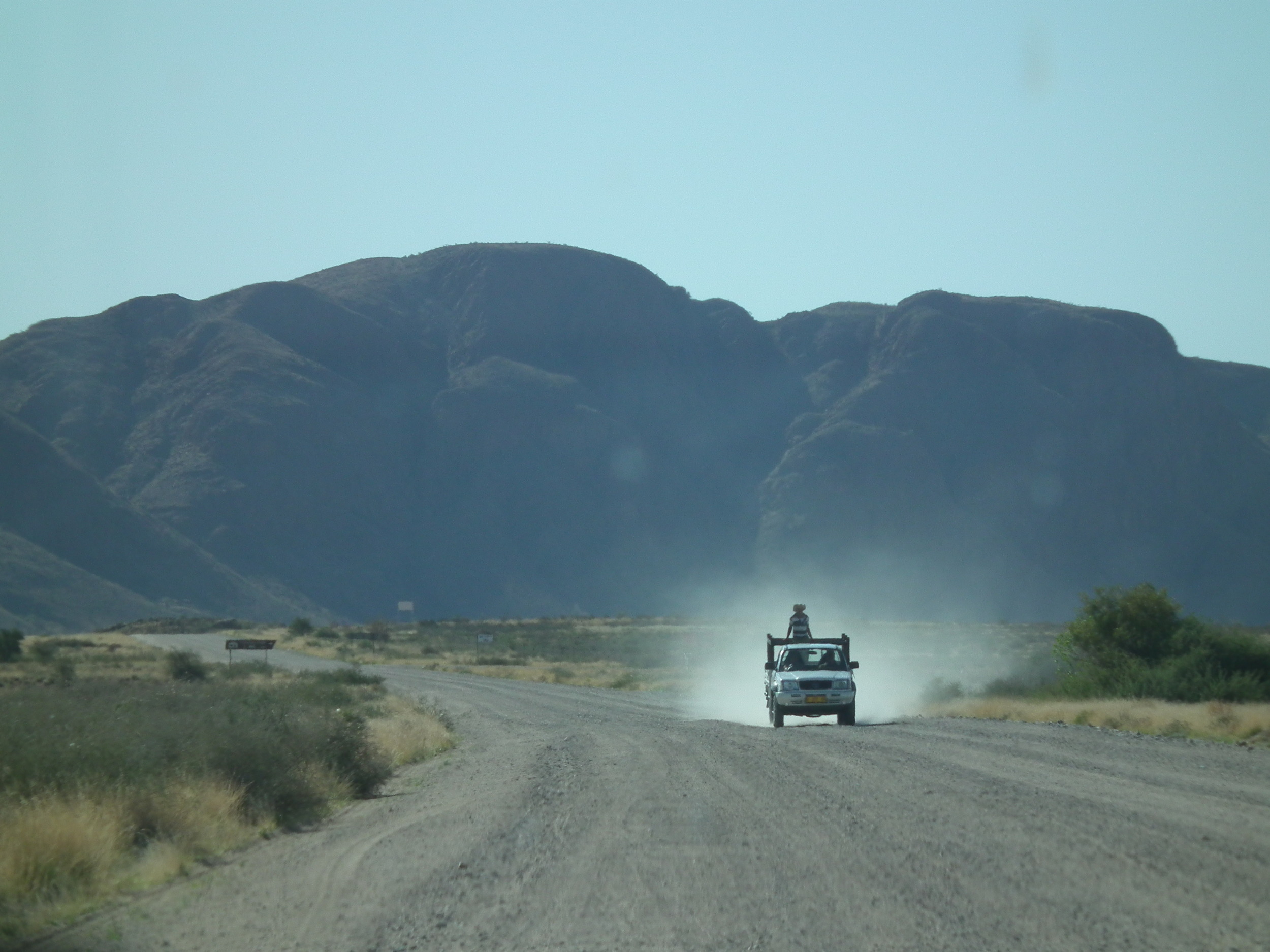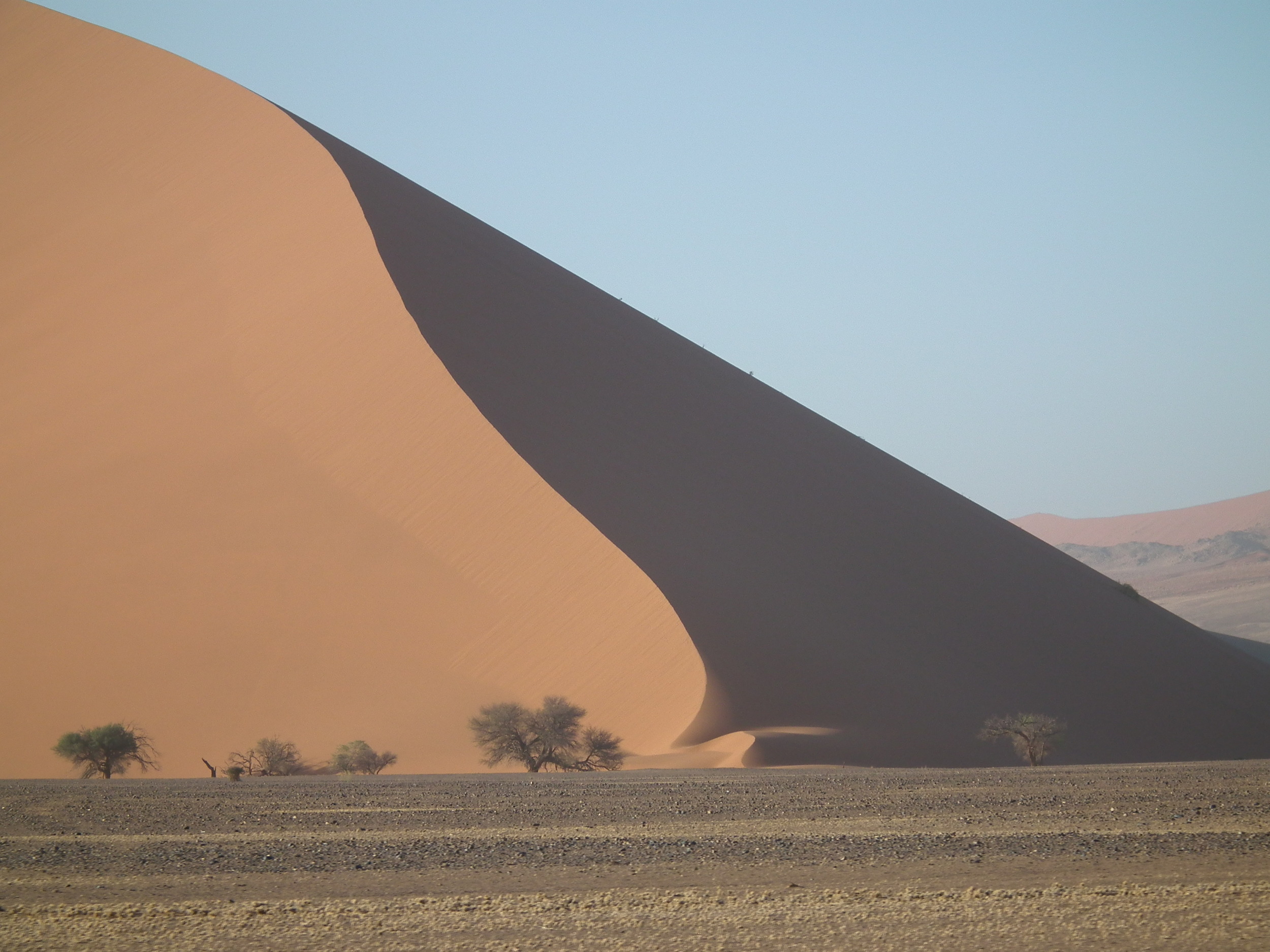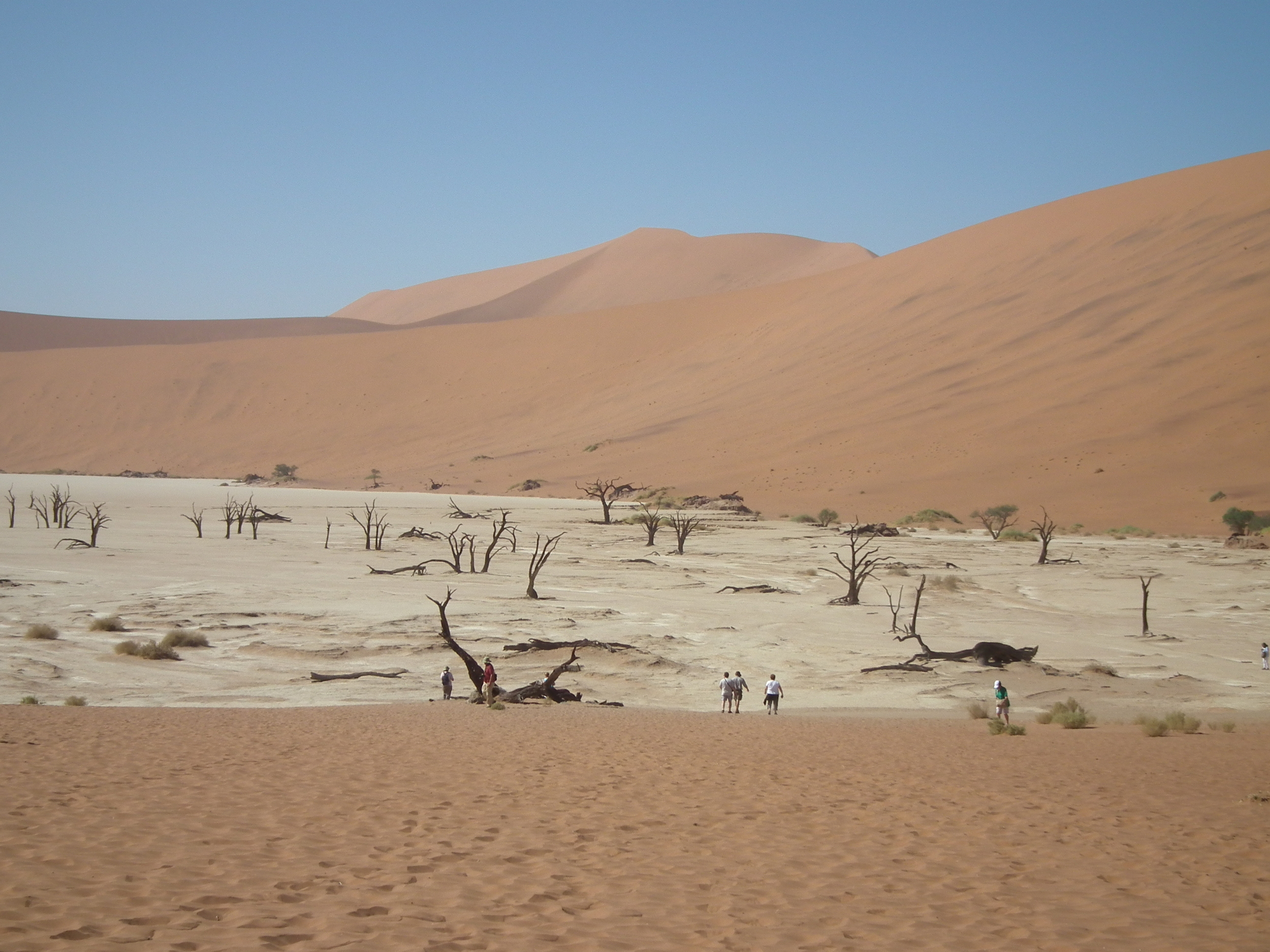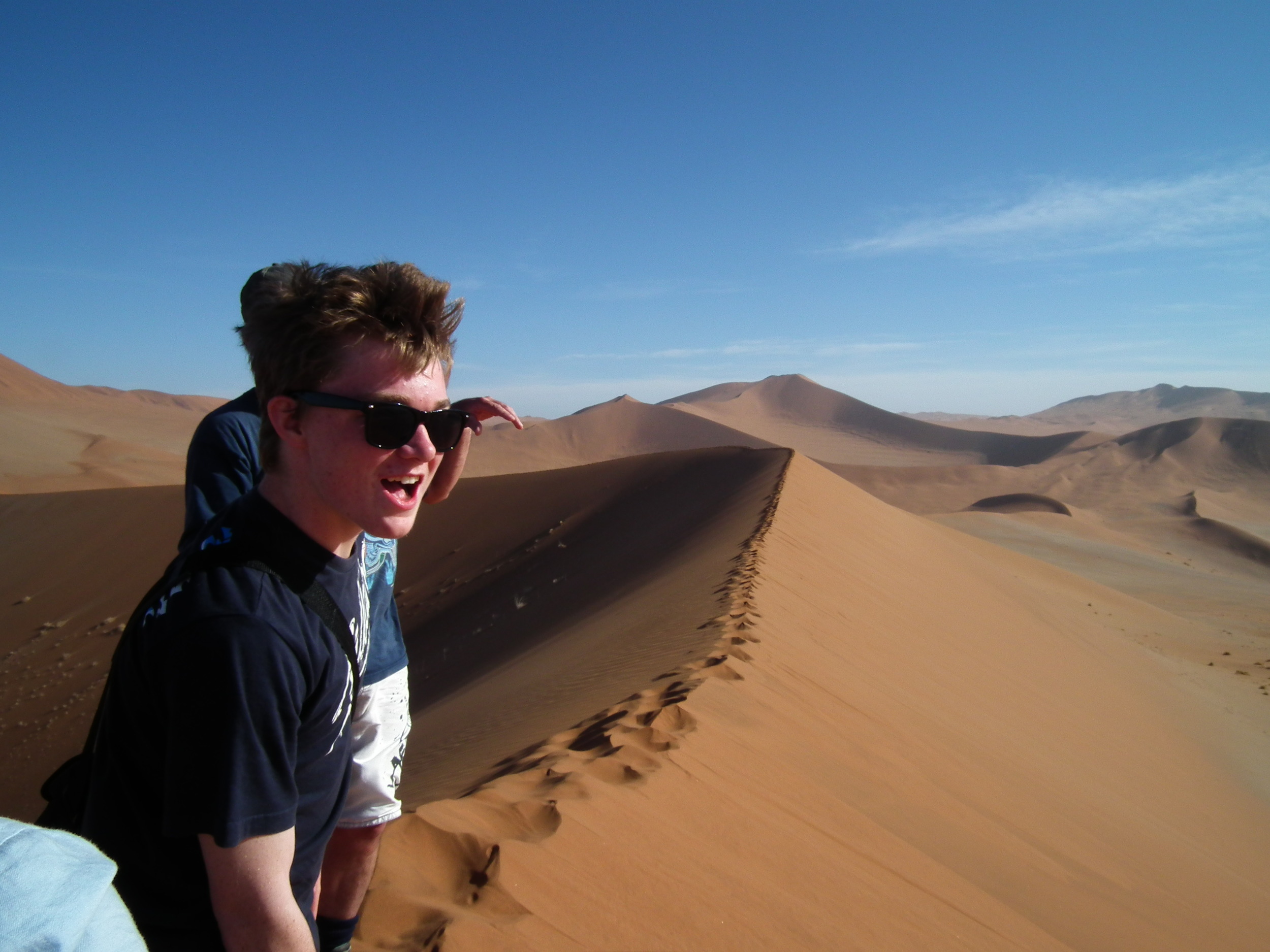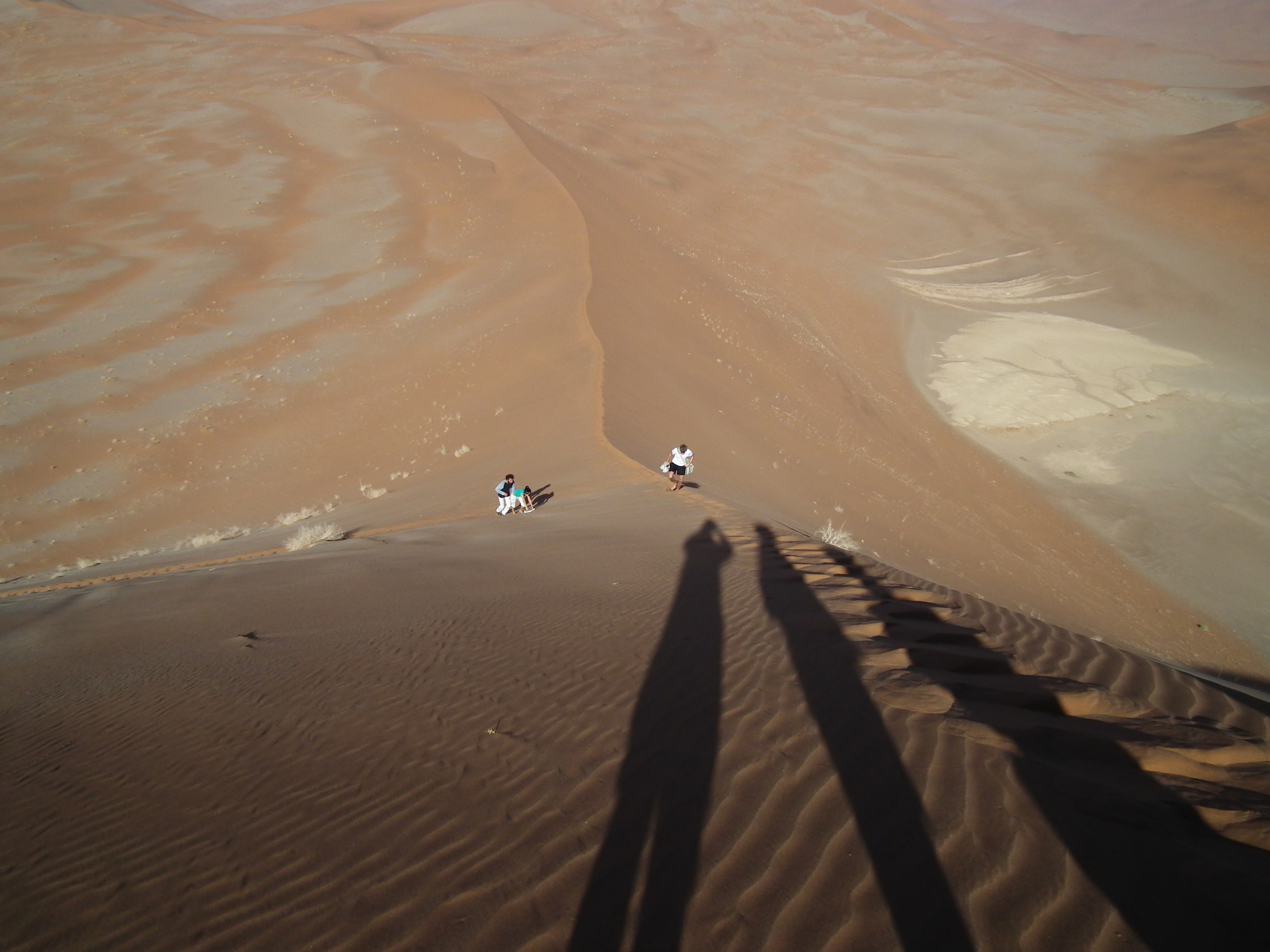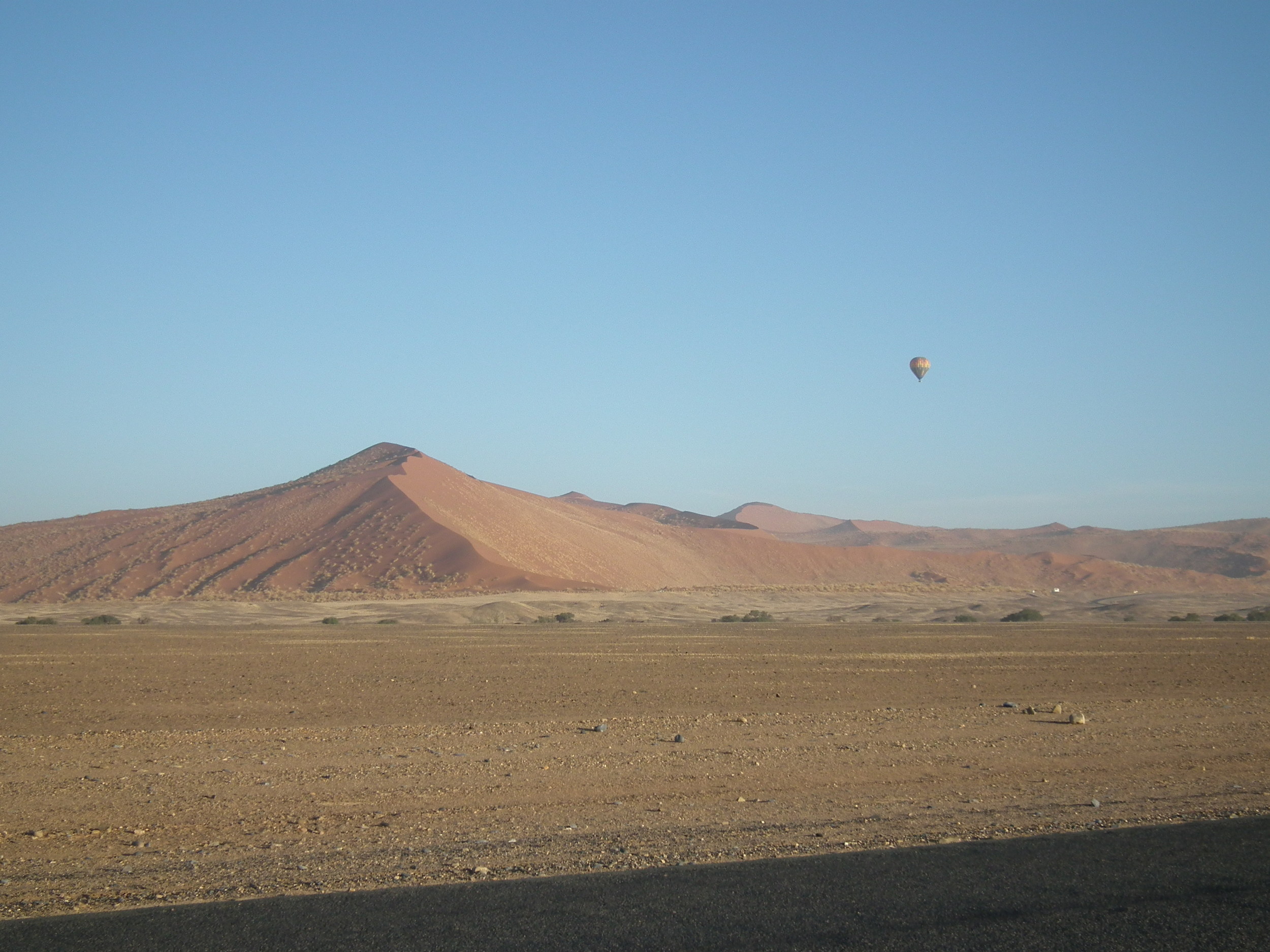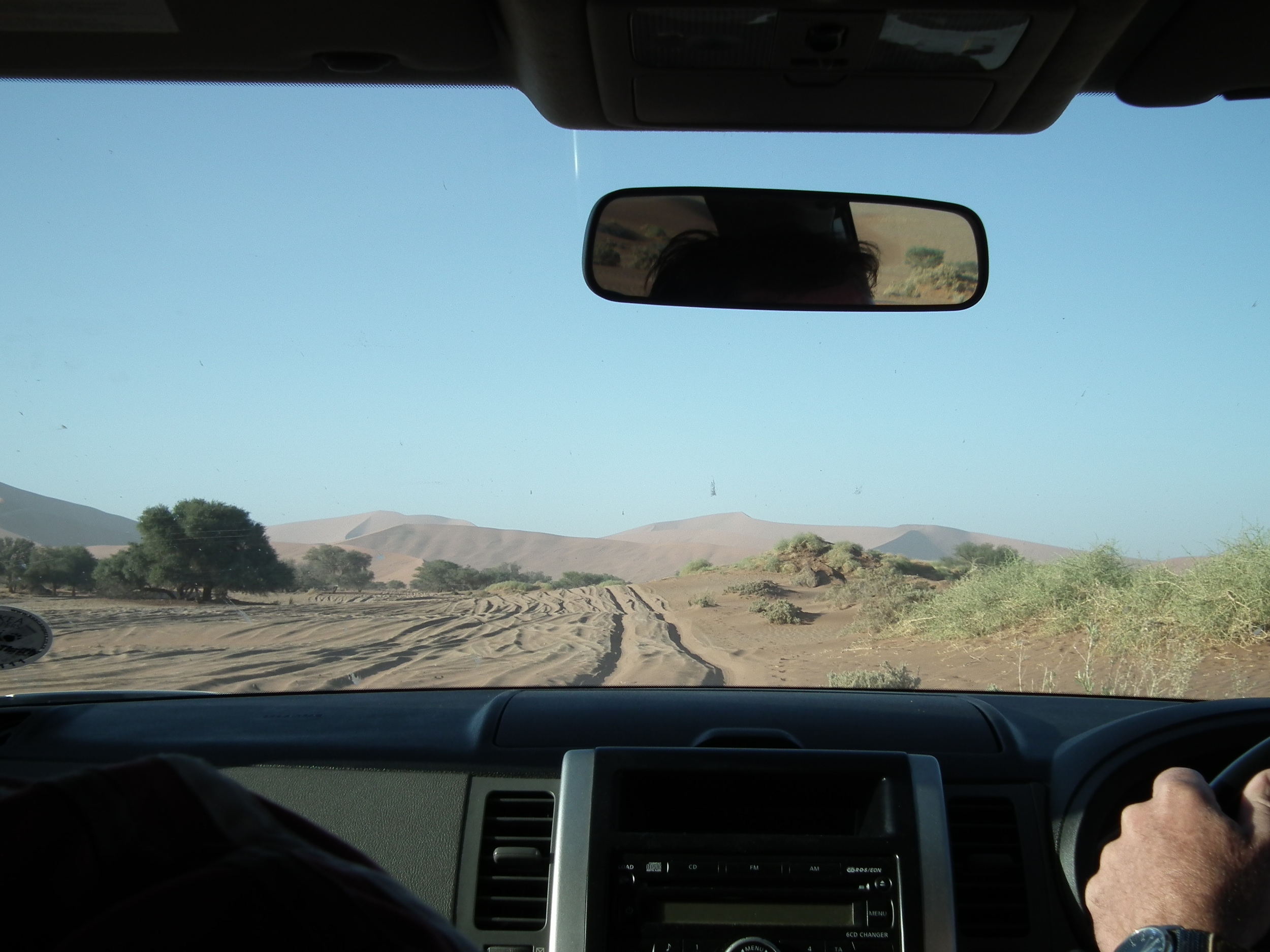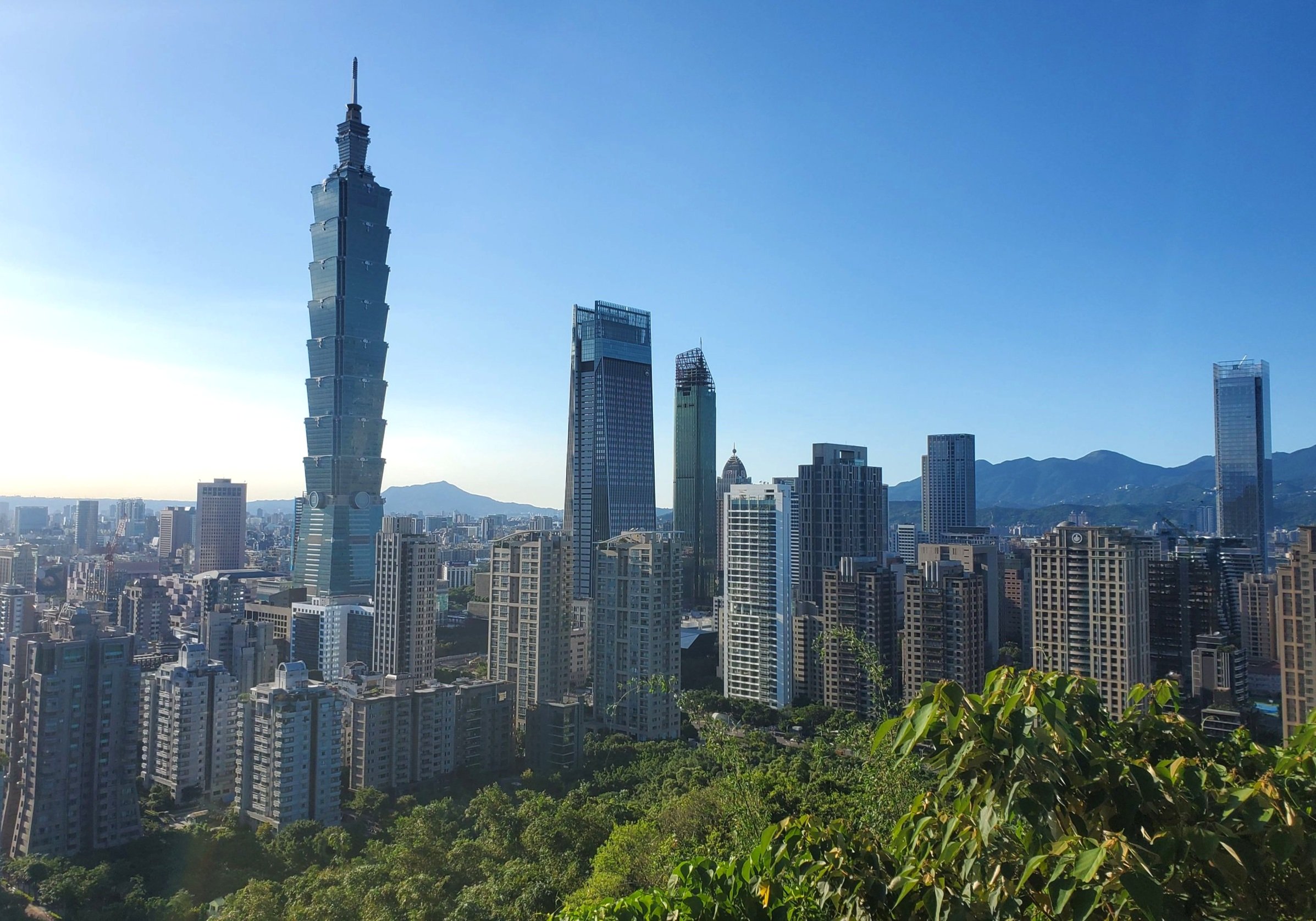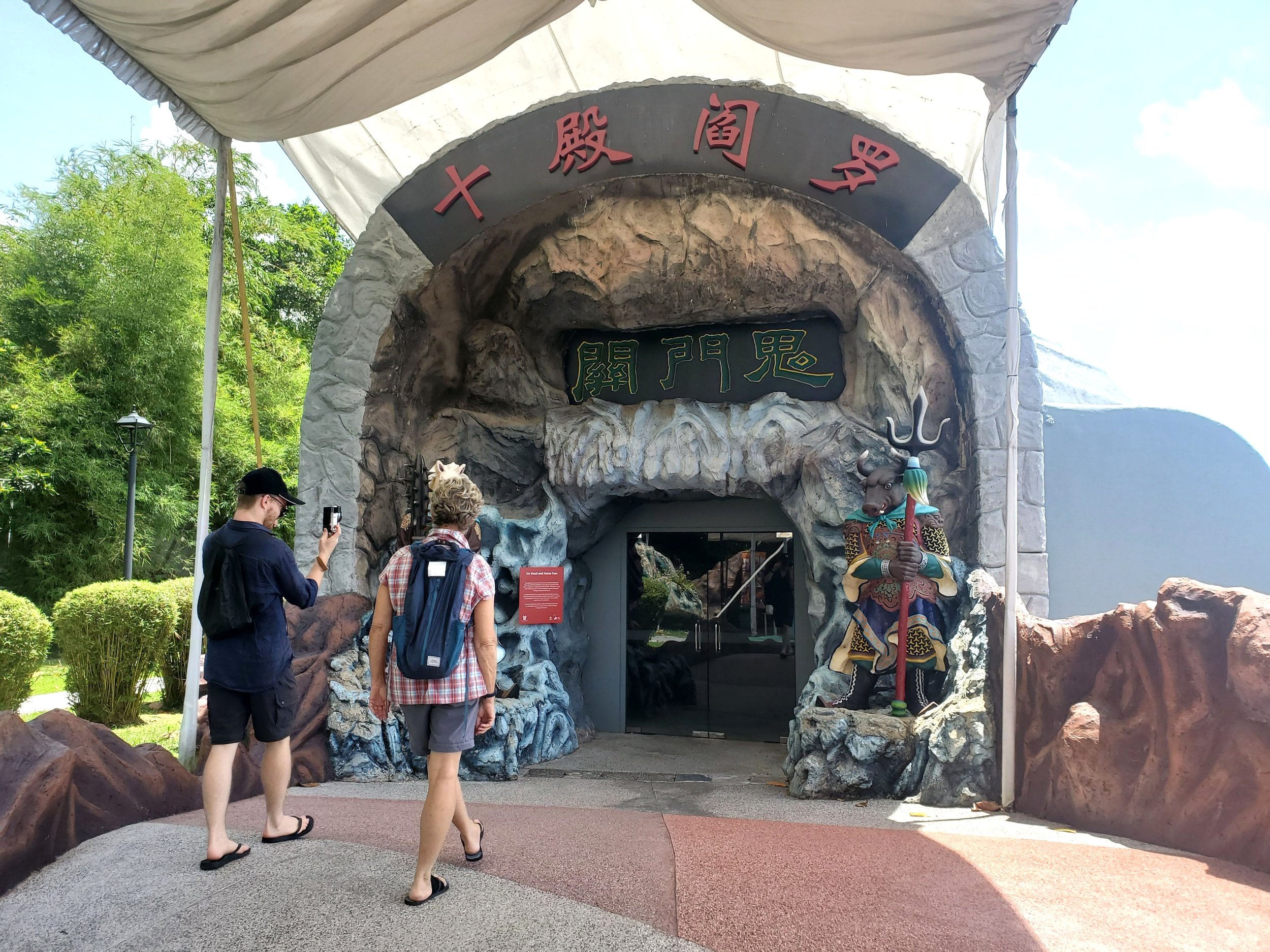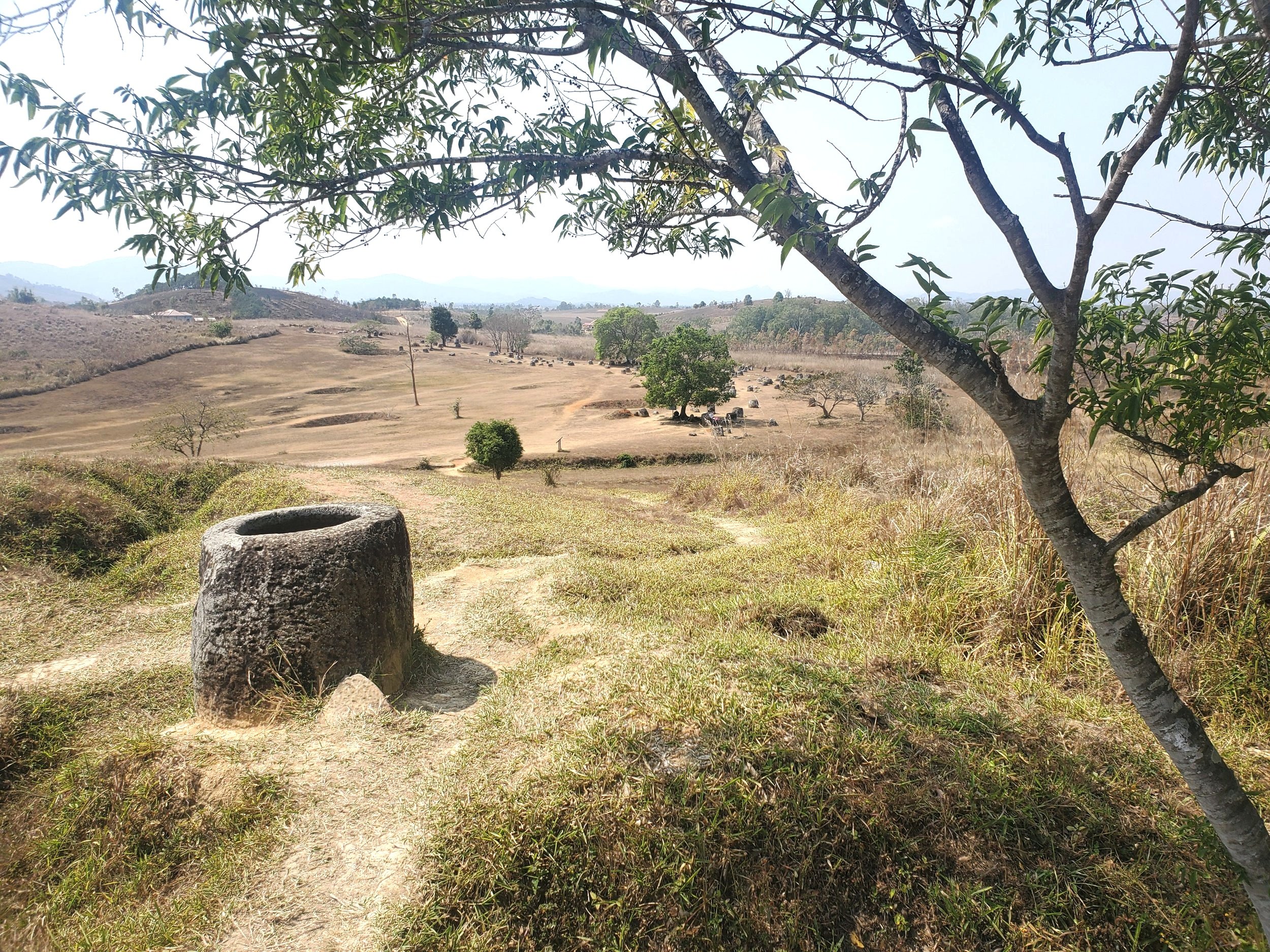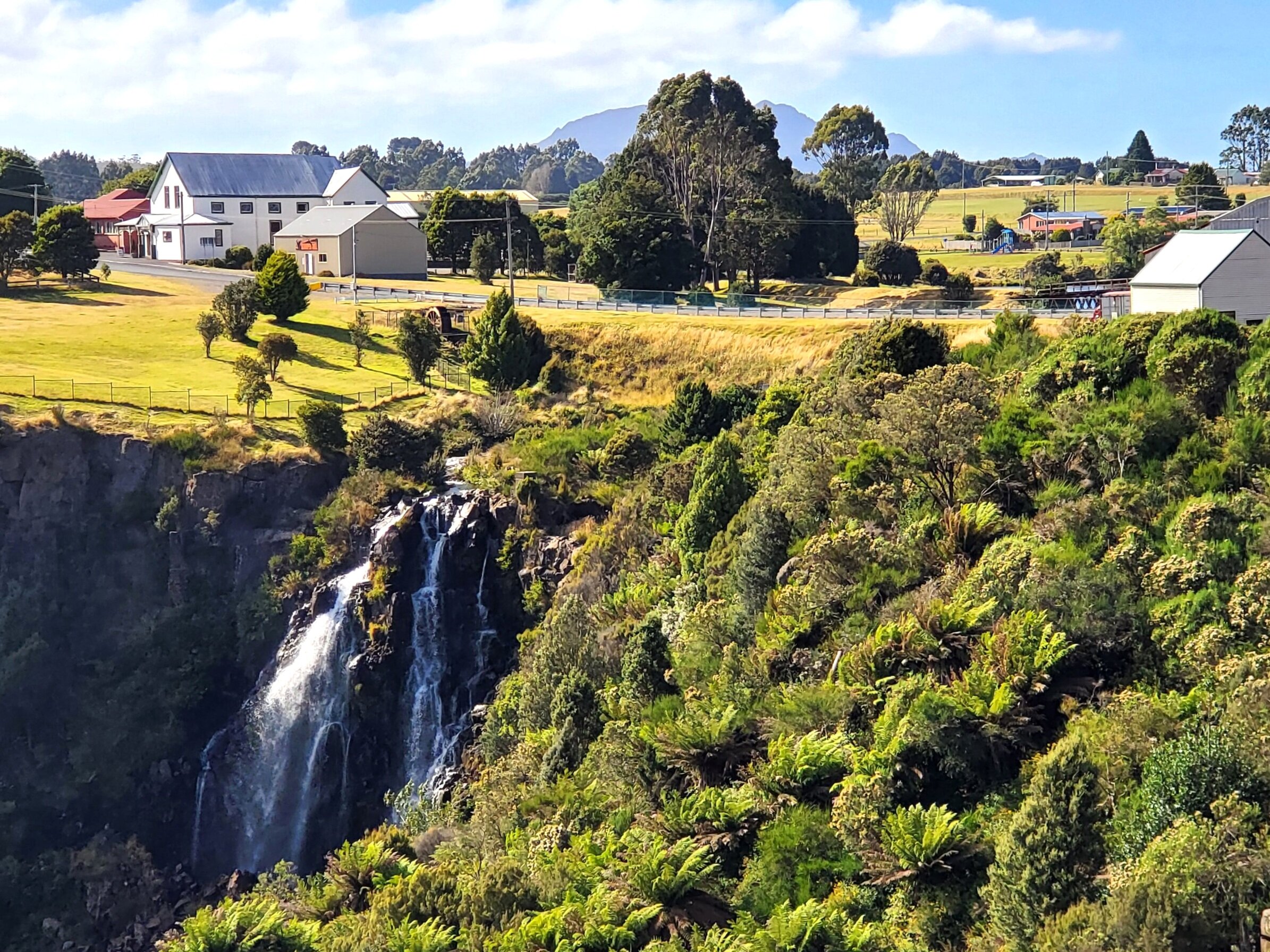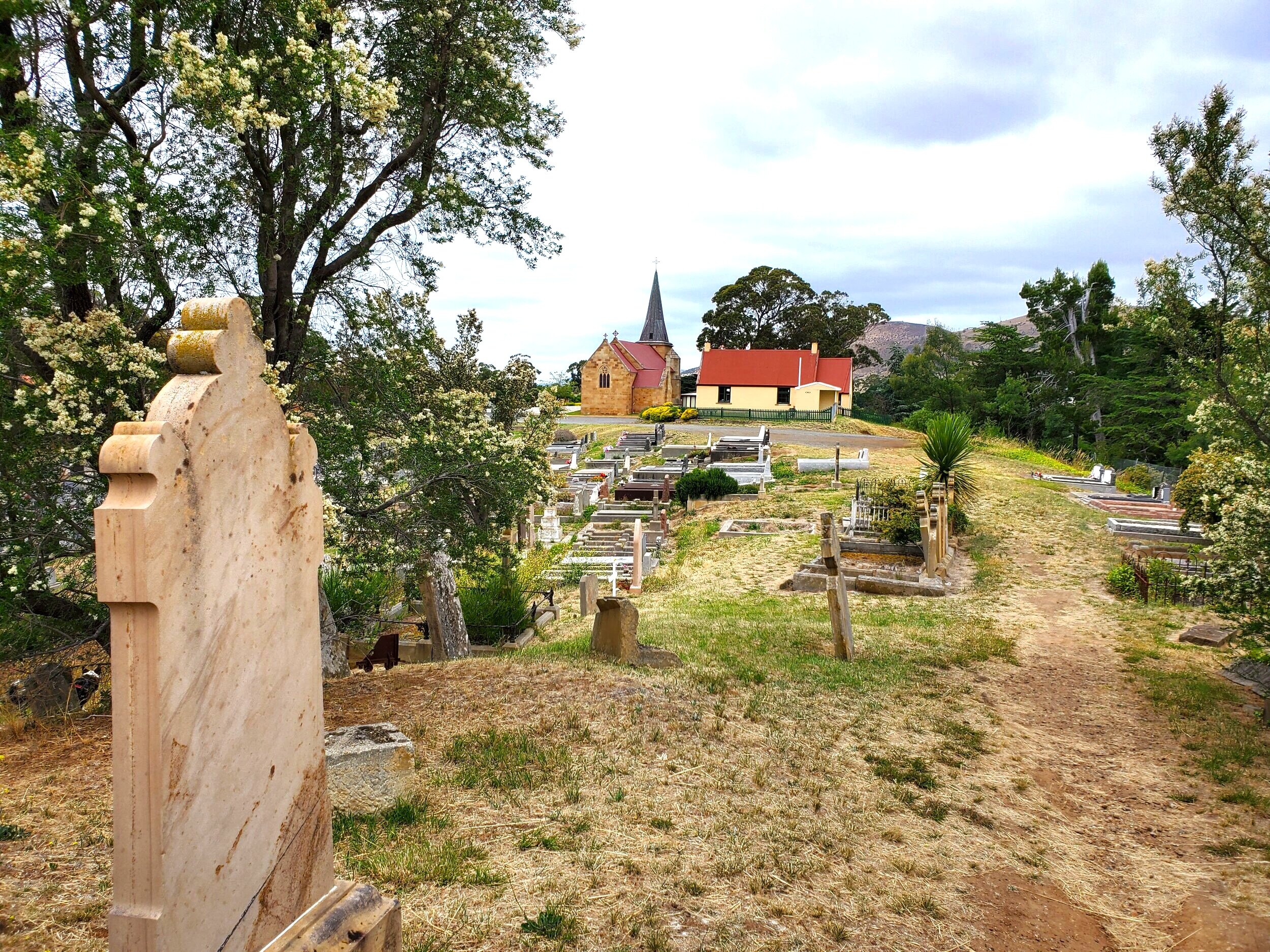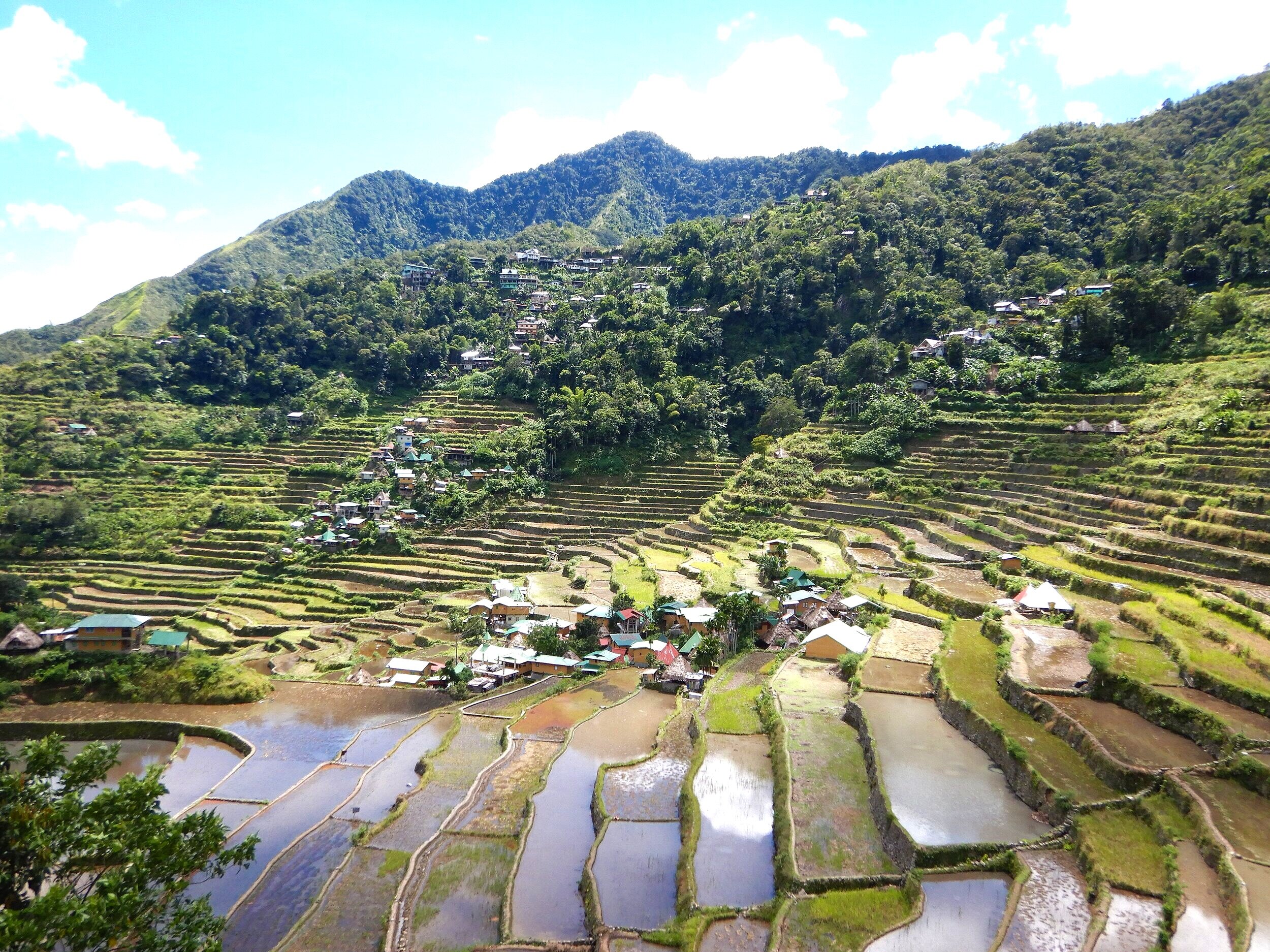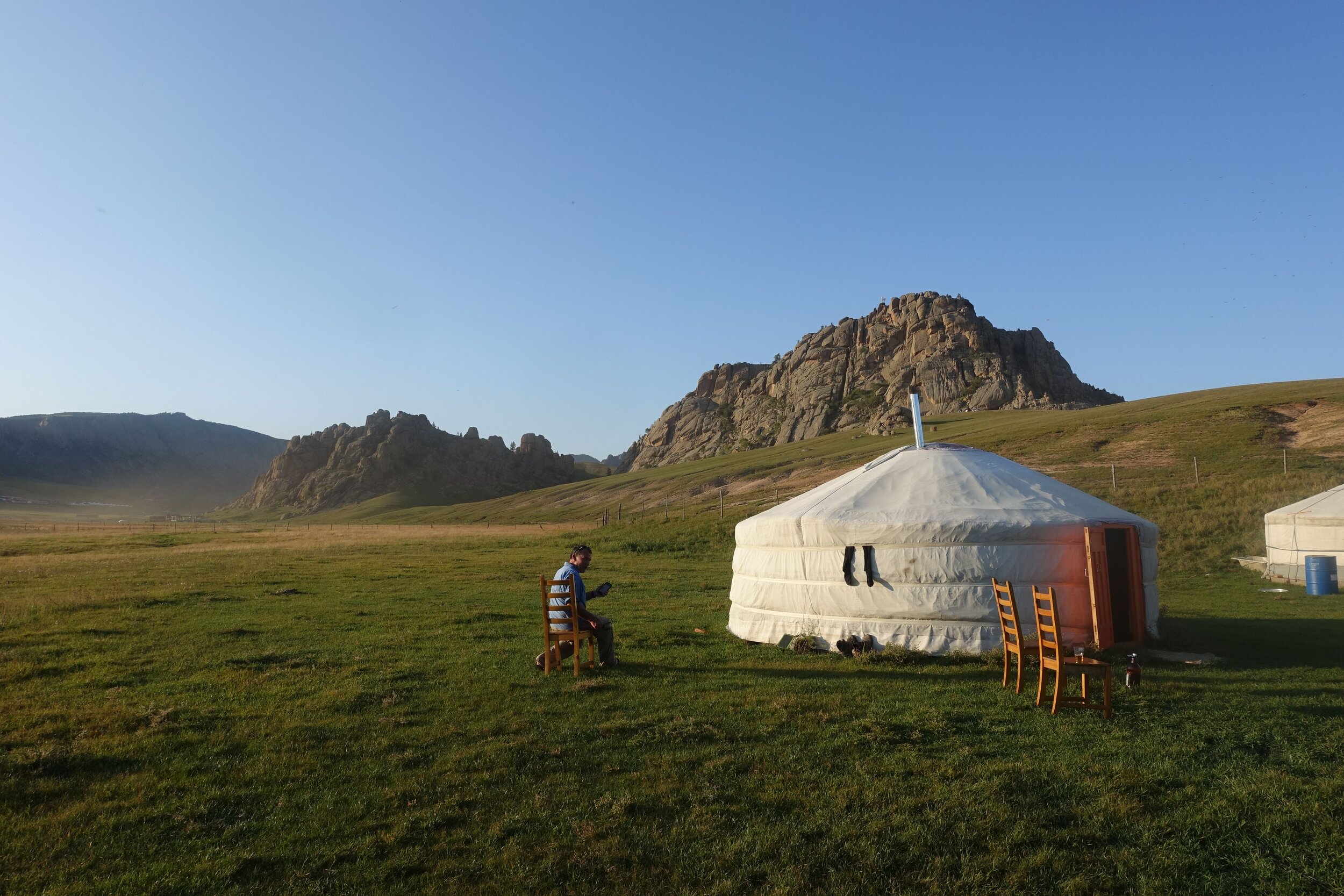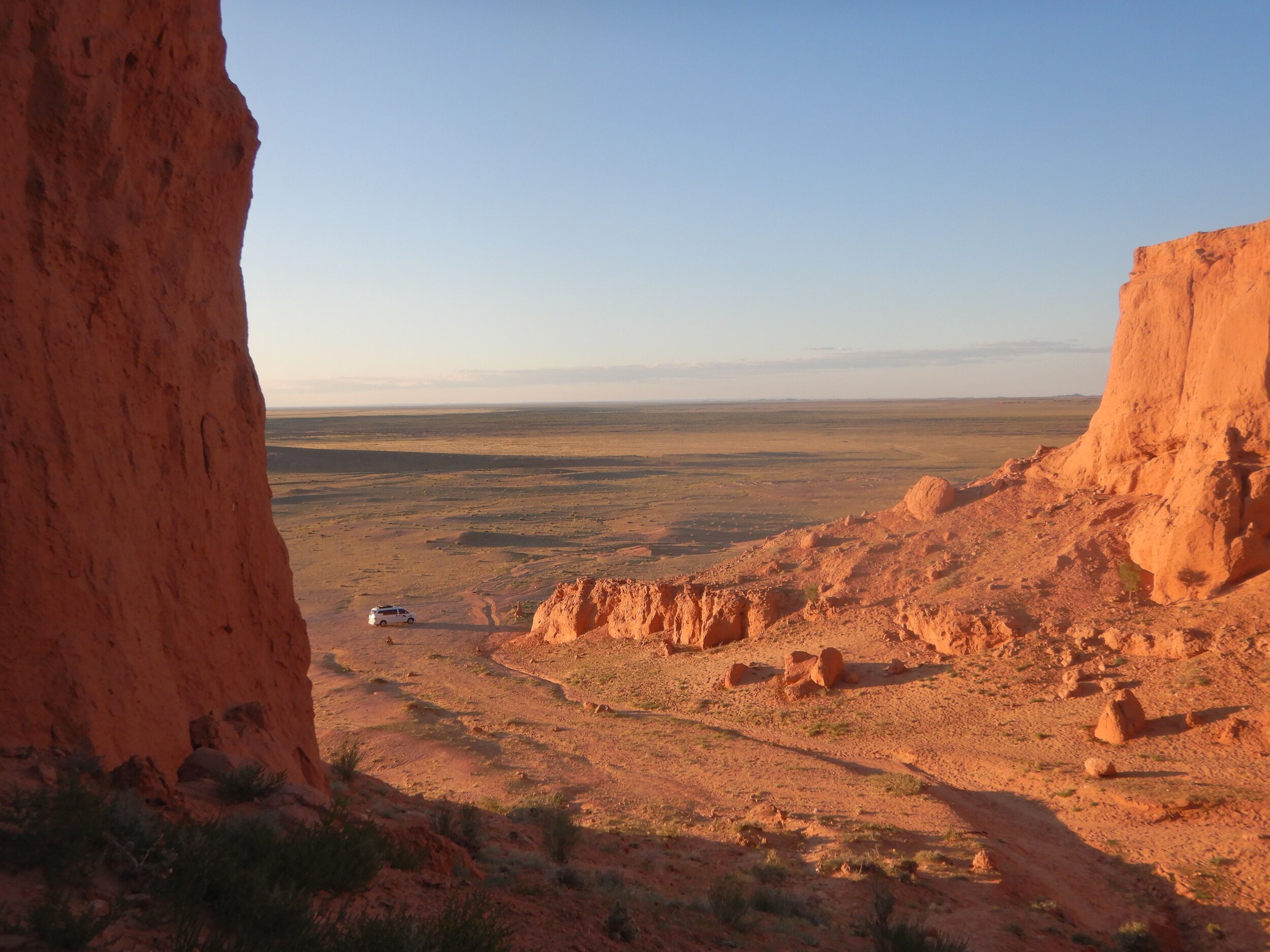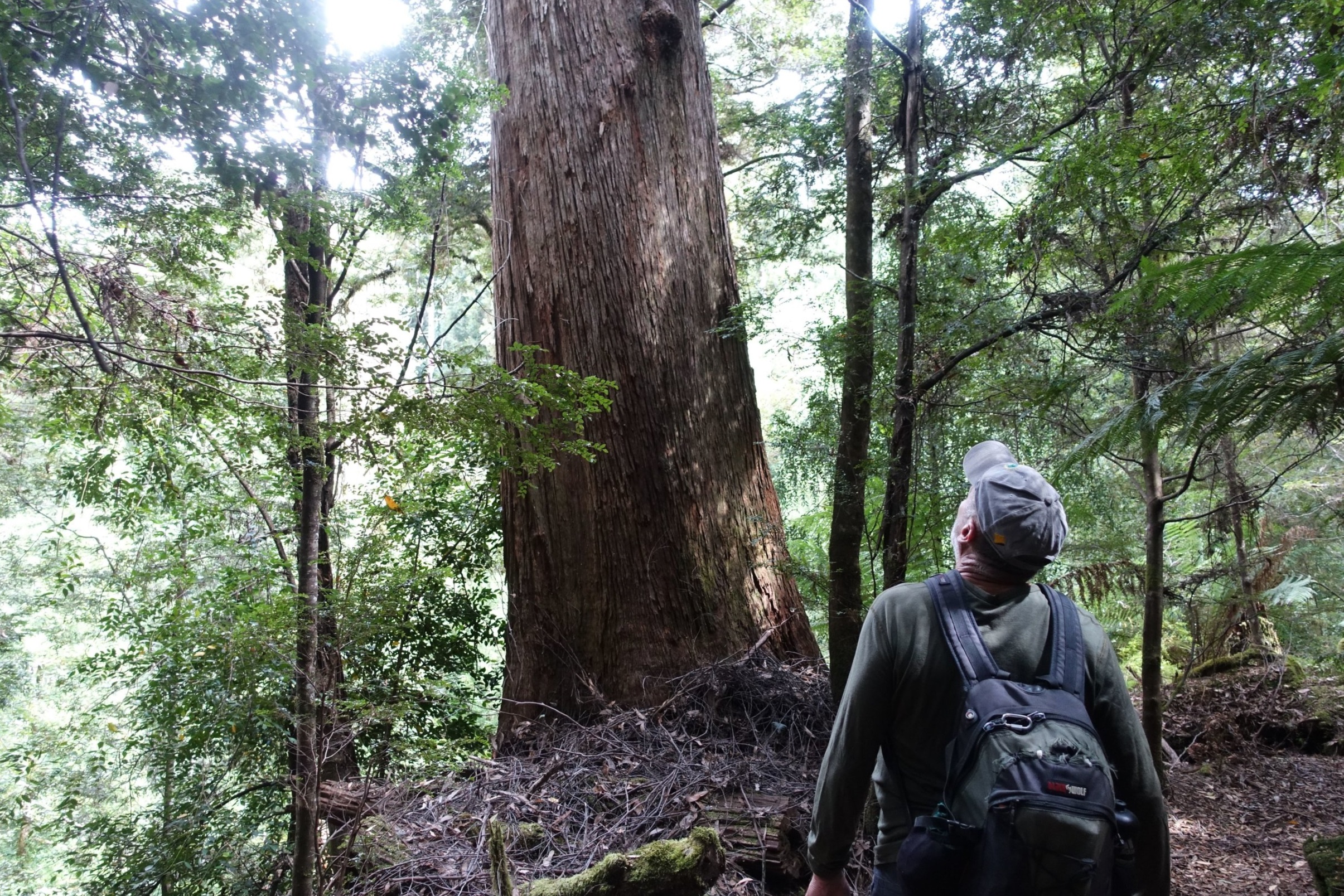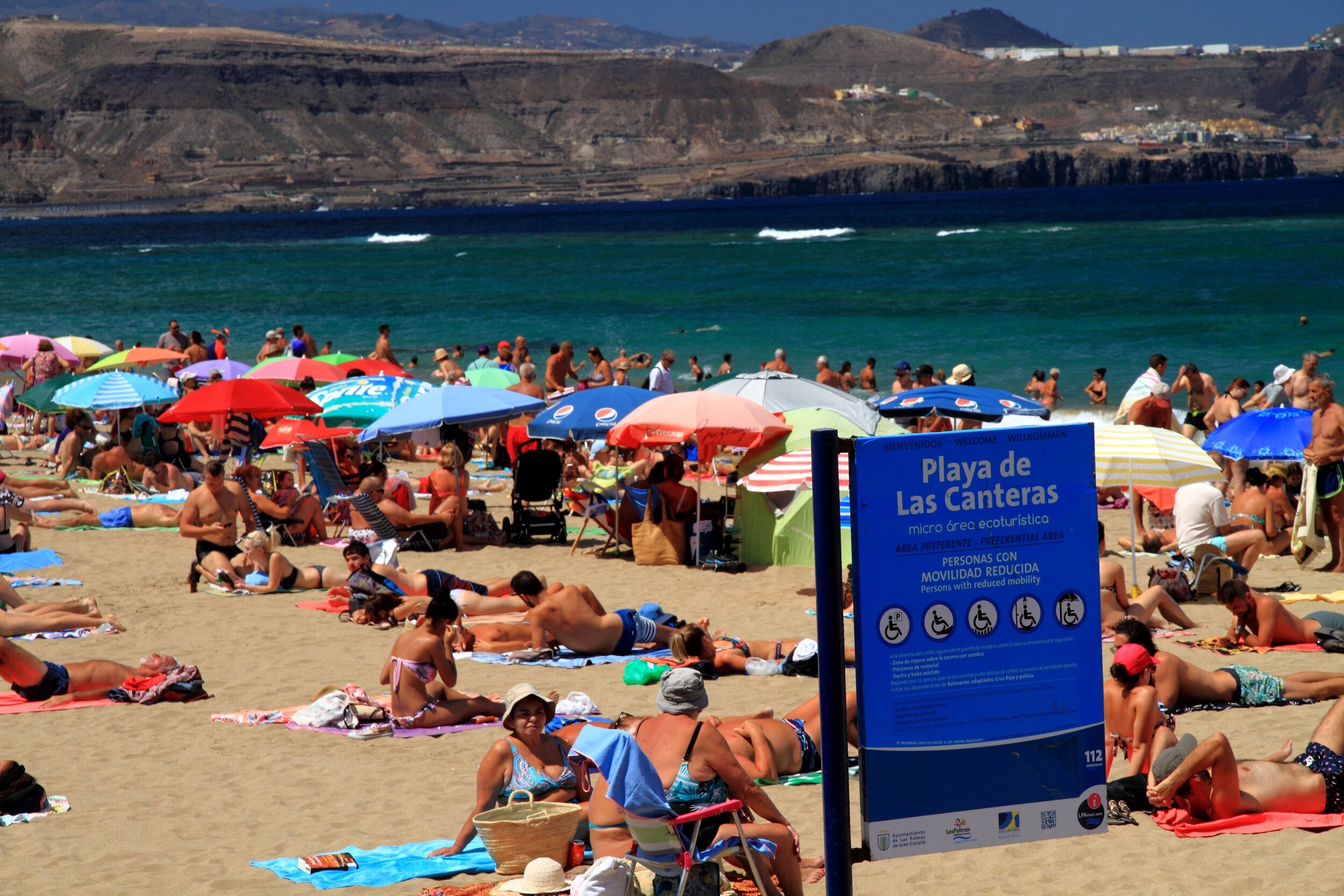Highlights of Namibia
/sOSSUSVLAI
In late 2010 we did a road trip from Cape Town in South Africa to Windhoek, capital of Namibia, stopping at some of that country’s most impressive attractions. And while this is a few years ago now what we saw and experienced back then is still there today.
Table Mountain, cape town
We started the road trip when we picked up a 4 wheel drive hire car in Cape Town. A couple of days prior to this Cally, Zac and I had met up with brother Pete who flew in from London after a couple of months in Europe. We spent a few very pleasant days cruising around Cape Town taking in the main sights such as Table Mountain, Robben Island and the old Dutch fort.
CAMPS BAY, CAPE TOWN
Robben Island where nelson mandela was imprisoned
We also took the 4x4 for a spin down the Garden Route to Mossel Bay and back.
Relaxing in springbok after a hard day
Heading north out of Cape Town our first stop was Springbok, a dusty, slightly down at heel town just short of the border with Namibia. We stayed at the very pleasant Annie’s Cottage guest house which felt like a real oasis.
fish river canyon
Next day we crossed into Namibia and after a hot and dusty drive arrived at the magnificent Fish River Canyon.
Quiz question: What is generally regarded as the biggest gorge in the Southern hemisphere?
You guessed it: Fish River Canyon. At 160km long, 27km wide and 550m deep in places it is a truly impressive site. But it’s inconveniently located a long way from just about everywhere with Windhoek 680 km to the north and Cape Town over 800 kms to the south.
In winter (May to September) many people hike the gorge with the 85km, 5 day trek from Hobas to Ai-Ais being Namibia’s most popular long distance walk. But in early December, when we were there, and with the weather heating up, we practically had it to ourselves.
We stayed at the quirky Canyon Roadhouse with its old school auto and motorcycle décor providing an unusual backdrop to a well-earned beer and steak.
Next day was another long drive to one of Namibia’s star attractions the Namib- Naukluft Park and Sossusvlei. Sossusvlei is a large salt pan amidst massive sand dunes; the world’s highest and oldest at 300m.
The park is accessible with a 2 wheel drive until 4 km from the Vlei where the tarmac turns to sand. If you have a 4x4, which we did, you can continue to the car park from where you can ascend a few of the dunes. If you only have a conventional vehicle there is a shuttle service.
The best photographs are to be had at sunrise and soon thereafter as the shadows are at their best on the dunes. It also gets very hot very quickly in the mornings in late spring and summer.
We visited in the early morning after staying the night at Betesda Lodge, 40km from the park entrance and a reasonably priced option.
After half a day at Sossusvlei we headed to Windhoek to pick up Alex. He had commitments back home that meant he couldn’t join us for the first week but he was determined not to miss out completely.
Weaver birds
After a night in Windhoek and a very good meal at Joe’s Beer House, a well-known local eatery famous for its game dishes (vegetarians need not apply), we made for Swakopmund on the Atlantic Coast. Swakopmund, like a number of towns in Namibia, gets its name from its colonial German roots.
BUSKERS SWAKOPMUND
With a population of 25,000 it is Namibia’s most popular tourist destination which includes many German tourists who enjoy the German ambiance while in an unmistakably African landscape.
swakopmund sea front
After a couple of days in Swakopmund which included a morning's kayaking around Walvis Bay amongst seals, flamingos and dolphins and a meal at the renowned Tug Restaurant, we headed inland and north to Brandburg, home of the desert elephants.
Spitzkoppe, on the road to brandburg
From Brandburg it was on to Etosha, Namibia’s largest and best known National Park. Etosha, which means ‘Great White Place of Dry Water’, and covers 20,000 sq km, has at its centre an enormous salt pan.
The land around it is flat with a network of well graded tracks that makes it relatively easy to self-drive in search of some of Etosha’s 114 mammal species, 340 bird species and 16 reptiles and amphibians.
We stayed in self-catering bungalows at Okaukeuejo Rest Camp, one of 3 camps in the park.
bungalow okaukeuejo
The evening’s entertainment was to sit around the camp’s flood lit waterhole with a chilled ale in one hand and camera in the other waiting for the rhino viewing. We were in luck both nights. The end of the dry season is best for this activity as water sources are scarce so the permanently supplied camp waterhole is very popular with all manner of wildlife.
From Etosha it was back to Windhoek to drop off the hire car and to get ready for the next leg of our trip which was on to Victoria Falls followed by Botswana for Christmas.
never did find out what the experiment was
We packed a lot into the 10 days we had in Namibia, but still only scratched the surface. The people were friendly and it generally felt very safe; mind you there were 5 of us most of the time so we were unlikely to have too many problems.
friendly locals
Windhoek, we were told, can be a bit dodgy to walk around at night, particularly if alone, so take precautions.
In organising the hire car and accommodation we used local travel company Cardboard Box, who were very helpful. They suggested a few different accommodation options in each location and we could research and choose the ones we liked best. It didn’t cost much more than if we’d done it all ourselves.
Namibia is definitely a fabulous country with a lot to see. Highly recommended.
Ken
